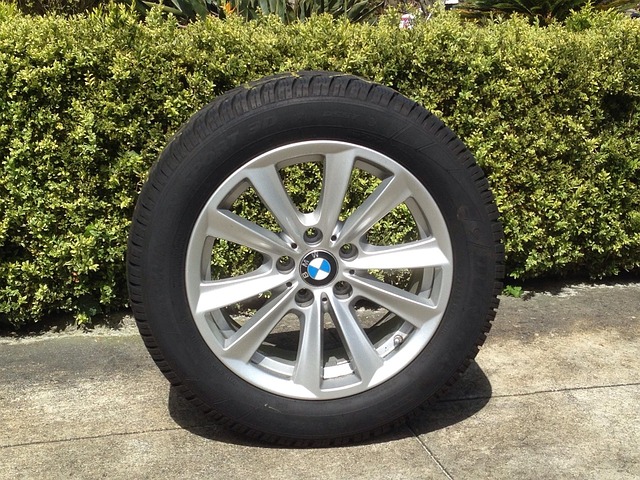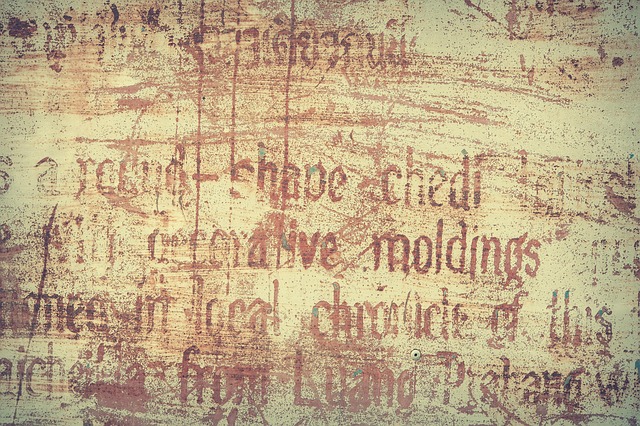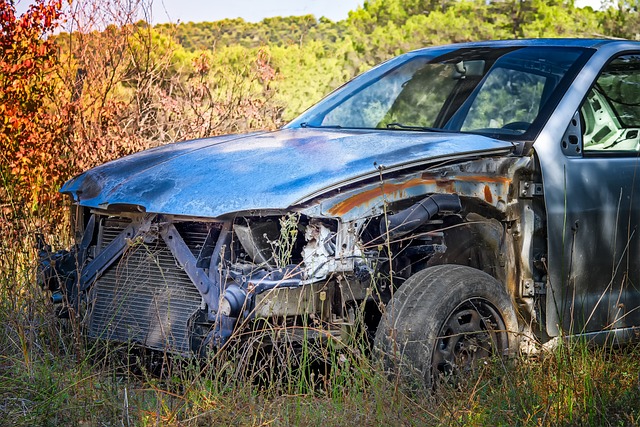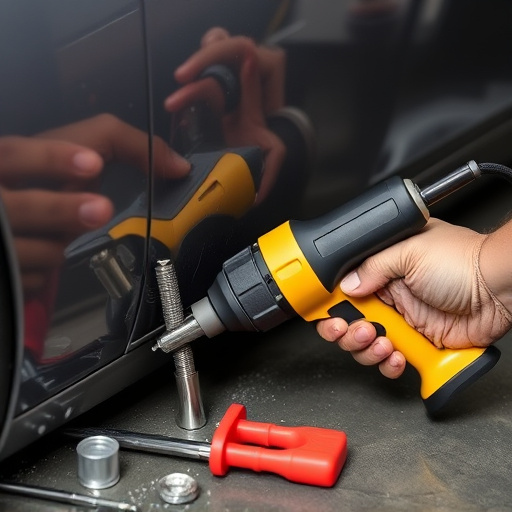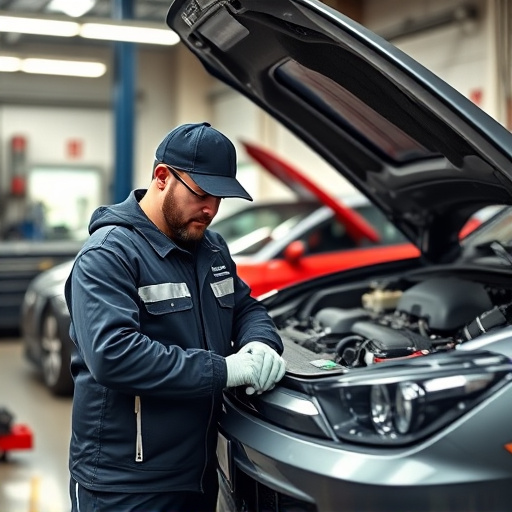Understanding your auto insurance policies is key to efficiently managing vehicle crash repair. Comprehensive and collision coverage protect against non-collision events and accident damages respectively, covering repairs from minor dents to severe restoration. A step-by-step guide emphasizes immediate insurance notification, damage documentation, claims filing, selection of a qualified collision center, and negotiation for fair compensation through skilled assessors and advocates. This process ensures high-quality repairs and suitable replacement parts, streamlining vehicle crash repair and achieving mutually satisfying outcomes.
“Unraveling the complexities of vehicle crash repair claims is essential for all road users. This article guides you through the intricate process, from understanding insurance coverage to navigating the claims journey step-by-step. Discover the role of assessors and their impact on negotiations, ensuring a fair reparative process. Learn how insurance policies protect you in the event of accidents, covering various repair needs. Get ready to explore the ins and outs of vehicle crash repairs, empowering yourself with knowledge in this critical aspect of personal safety.”
- Understanding Insurance Coverage for Vehicle Crash Repair
- The Claims Process: Step-by-Step Guide
- Role of Assessors and Negotiation in Repair Claims
Understanding Insurance Coverage for Vehicle Crash Repair
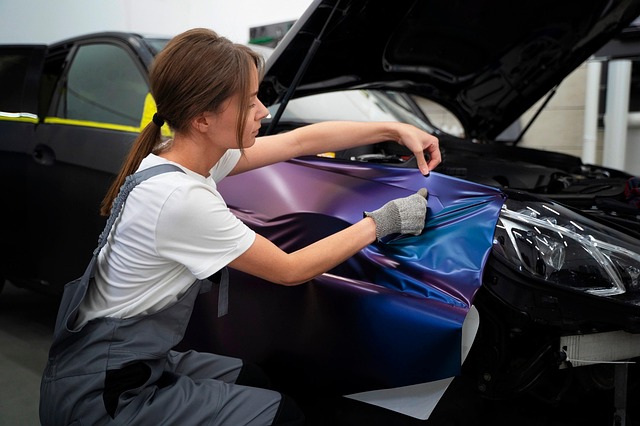
When a vehicle experiences damage due to a crash, understanding insurance coverage for vehicle crash repair is crucial. Different types of insurance policies offer varying levels of protection and benefits during this process. Comprehensive and collision coverage, often included in auto insurance policies, play significant roles in vehicle crash repair. Comprehensive coverage protects against damages from events other than collisions, such as theft, natural disasters, or vandalism. Collision coverage, on the other hand, specifically addresses damage caused by accidents.
These policies help with both the financial burden and logistical aspects of vehicle crash repair. They can cover costs associated with auto dent repair, painting, and even vehicle restoration for severe cases. By understanding the terms and conditions of your insurance policy, you can ensure a smoother process during vehicle crash repair, knowing that your insurance provider will assist in restoring your vehicle to its pre-crash condition.
The Claims Process: Step-by-Step Guide

When you’re involved in a vehicle crash, navigating the claims process can seem daunting. However, understanding the steps involved in vehicle crash repair claims can help ease your mind. Here’s a step-by-step guide to demystify the process.
1. Notify Your Insurance Provider: Immediately after the accident, contact your insurance company to report the incident. They will provide you with specific instructions and an assigned claim number. This is crucial for initiating the claims process and ensuring timely repair.
2. Document the Damage: Carefully inspect your vehicle for any damage, including visible dents, scratches, or cracked glass in what’s commonly known as auto dent repair. Take photos of all the affected areas from different angles to create a comprehensive record. If needed, get an estimate for the car bodywork repairs from a reputable collision center.
3. File Your Claim: Fill out the required claim forms provided by your insurance company. Provide all the necessary details about the accident, including dates, locations, and any witness statements. Attach the photos and estimates of the damage, particularly focusing on collision center services if extensive repairs are needed.
4. Select a Repair Facility: Work with your insurance provider to choose a qualified collision center for your vehicle crash repair. Ensure they have experience handling similar cases and can offer high-quality workmanship. Some companies may have preferred or approved repair facilities, which can streamline the process.
5. Drop Off and Retrieve Your Vehicle: Transport your car to the selected collision center. They will assess the damage, provide an updated estimate if required, and begin the repair process. During this time, you can usually arrange for alternative transportation or a rental car through your insurance company. Once the repairs are complete, they’ll return your vehicle, ensuring it’s in pristine condition post auto dent repair and car bodywork restoration.
Role of Assessors and Negotiation in Repair Claims

When a vehicle is involved in a crash, assessors play a crucial role in the repair claims process. They are responsible for evaluating the extent of damage to the vehicle, which includes both aesthetic and structural components. Assessors use their expertise to create detailed reports that document the repairs needed, providing a clear picture of the cost and time required for vehicle crash repair. These reports serve as a foundation for negotiations between the insurance company and the policyholder or the auto body shop conducting the repairs.
Negotiation is an essential part of ensuring fair compensation for vehicle crash repair costs. Insurance companies often have set guidelines and policies regarding repairs, but assessors’ recommendations may deviate from these standards. Skilled negotiators can advocate for their clients, pushing for coverage that aligns with industry best practices, such as high-quality auto body work or replacement parts, including bumper repair if necessary. This process aims to resolve disputes and reach agreements that satisfy all parties involved, ultimately facilitating smoother vehicle crash repair and restoration.
Insurance plays a vital role in facilitating efficient vehicle crash repair, ensuring that drivers and passengers receive the necessary support during challenging times. By understanding coverage options, navigating the claims process step-by-step, and recognizing the assessor’s role in negotiations, individuals can ensure a smoother journey towards restoration. When a vehicle crash repair claim is made, it’s not just about fixing damages; it’s about restoring safety, peace of mind, and mobility – all backed by the financial protection of insurance.
